
Do you have a question about the Panasonic LUMIX DMC-FX50 and is the answer not in the manual?
| Megapixel | 7.2 MP |
|---|---|
| Sensor type | CCD |
| Image stabilizer | Yes |
| Image sensor size | 1/2.5 \ |
| Maximum image resolution | 2560 x 1920 pixels |
| Digital zoom | 4 x |
| Optical zoom | 3.6 x |
| Focal length range | 4.6 - 16.8 mm |
| Interface | USB |
| Digital SLR | No |
| Camera shutter speed | 8 - 1/2000 s |
| Focal length (35mm film equivalent) | 28 - 102 mm |
| Normal focusing range | 0.5 - ∞ m |
| Flash modes | auto, Flash off, Red-eye reduction, Slow synchronization |
| Flash recharging time | 5 s |
| Internal memory | 16 MB |
| Compatible memory cards | mmc, sd |
| Motion JPEG frame rate | 30 fps |
| Video formats supported | AVI |
| Display diagonal | 3 \ |
| USB version | 2.0 |
| Photo effects | black&white, Sepia, Vivid |
| White balance | auto, Cloudy, daylight, Shade |
| Self-timer delay | 2 s |
| Product color | Silver |
| Battery capacity | 1150 mAh |
| Light metering | Spot |
| Light exposure modes | Auto |
| Depth | 25.1 mm |
|---|---|
| Width | 97.7 mm |
| Height | 57.1 mm |
| Weight | 151 g |
Safety precautions and warnings for operating the camera.
Basic steps for recording and playback.
Step-by-step instructions for charging the camera battery.
Procedures for safely installing and removing the battery.
Procedures for safely installing and removing the memory card.
Instructions for setting the camera's internal clock.
Step-by-step guide to capturing photos.
Explains focusing range, potential issues, and exposure values.
Using the camera's easy-to-use simple mode.
Using the zoom lever for telephoto and wide-angle shots.
Enhancing zoom magnification without losing quality.
How to view captured images after shooting.
Navigating, viewing, and scanning through still images.
Procedures for deleting single or multiple photos.
How to interpret histograms for exposure assessment.
Using the camera's flash for illumination.
Selecting appropriate flash modes for various situations.
Explains flash modes and their availability across shooting modes.
How ISO sensitivity affects the flash's effective range.
Using the self-timer for delayed shots.
Adjusting exposure for subjects with bright or dark backgrounds.
Capturing multiple shots with varying exposures automatically.
How OIS reduces blur caused by camera shake.
Capturing a rapid sequence of photos.
Techniques for photographing subjects at very close distances.
Selecting modes for specific shooting environments.
Modes for capturing clear night scenes and portraits.
Starting, stopping, and managing video recording settings.
Magnifying and panning images during playback.
Viewing video files and photos with audio.
Extracting individual frames from video clips.
Accessing and adjusting recording settings.
Adjusting white balance for accurate color reproduction and auto WB operation.
Steps for establishing a connection between camera and computer.
Connecting camera to a printer for direct photo printing.
Important safety measures for operating the camera.
Solutions for problems related to battery and power.
Explanation of warranty terms, parts, and labor coverage.
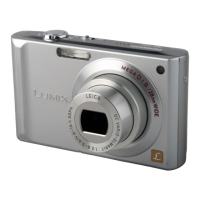
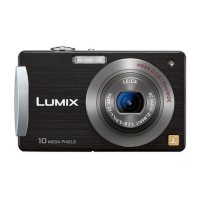

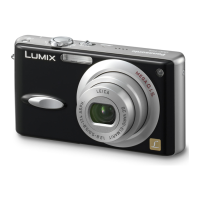
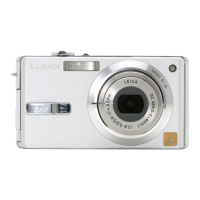
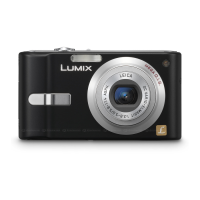




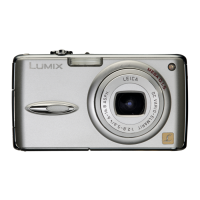
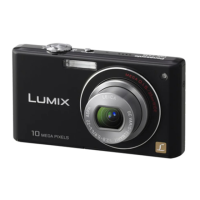
